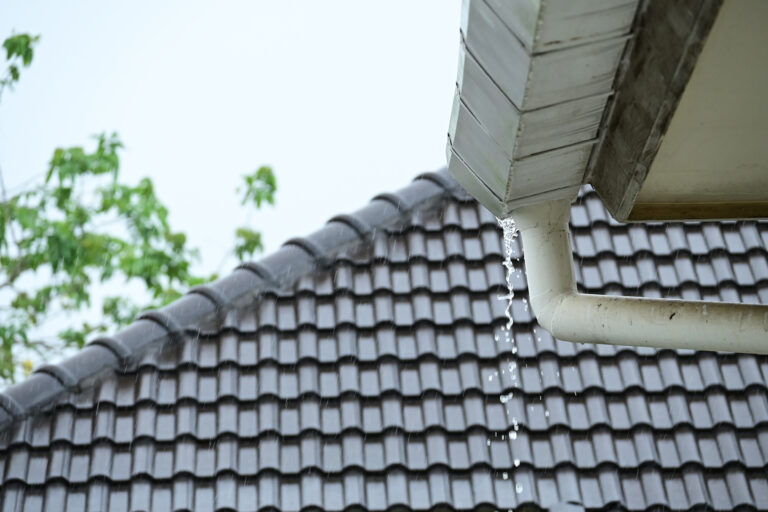A hidden roof leak may start as a tiny drip but can quickly turn into an expensive repair. Many leaks begin out of sight and only become obvious after causing significant damage. Spotting these issues early can save a homeowner money and protect their home’s structure. This guide breaks down practical ways to find hidden leaks before they escalate.
Common Leak Entry Points on Your Roof
Leaks don’t always show up where they start. Water may sneak in through flashing around chimneys, skylights, or vents, especially if it’s corroded or cracked.
Damaged or Missing Shingles
Wind, hail, and sun damage can cause shingles to crack, curl, or fall off. When this happens, water can penetrate underneath. Check your gutters for granular buildup, which indicates shingles losing their protective layer. This is a red flag that your roof may soon allow water inside.
Skylights and Roof Vents
Skylights and roof vents often leak due to deteriorated seals or cracked frames. Look for moisture around these areas or condensation inside the glass.
Clogged Gutters and Downspouts
Gutters redirect rainwater away from your roof and foundation. When clogged with leaves or debris, water spills over the edges, pooling near your roofline or foundation. This overflow can seep under shingles or siding, causing leaks. Regular gutter cleaning is a simple step to reduce this risk.
Interior Signs Pointing to Hidden Leaks
Often, the first hints of a leak appear inside your home, sometimes far from the actual roof issue.
Ceiling Stains and Discoloration
Yellow or brown stains on ceilings typically signal water intrusion. These stains may not always be directly below the leak source since water travels along beams or drywall before showing. Watch for spreading or darkening patches, especially near chimneys or exterior walls.
Peeling Paint and Bubbling Walls
Moisture trapped behind paint causes bubbling or peeling. Touch walls and ceilings gently—soft spots suggest water saturation. Catching these early can prevent costly wall repairs.
Musty Odors and Mold
Persistent damp smells, especially in attics, basements, or less-used rooms, often point to moisture buildup. Mold patches—black, green, or white—confirm the presence of a leak. Mold not only damages your home but can also affect your health.
Faint Dripping Sounds
Sometimes, a rhythmic drip during or after rainfall is the clearest sign of active water intrusion. Tracking down the source of this sound can help locate a leak before visible damage appears.
How to Inspect Your Roof Safely and Effectively
Not everyone feels comfortable climbing a ladder, but there are ways to check your roof without risk.
Ground-Level Visual Inspection
Use binoculars to scan your roof from the ground. Look for missing shingles, damaged flashing, or sagging rooflines. Sagging may indicate water damage, weakening the structure.
Attic Inspection
Your attic is often the first place where leaks become visible. Check rafters, insulation, and the underside of the roof deck for discoloration or dampness. Compressed or moldy insulation also signals water intrusion. On sunny days, watch for pinpricks of light, which show gaps in roofing material.
Post-Storm Checks
After heavy rain, wind, or hailstorms, walk around your property and look for fallen branches, displaced shingles, or debris on the roof. Early detection of storm damage can prevent leaks from worsening.
If you notice any warning signs or wear or tear, scheduling a professional roof inspection is a smart step. Early intervention safeguards your investment and keeps your home safe and dry through every season. Reach out ot us at DSK Roofing to schedule an inspection today!

